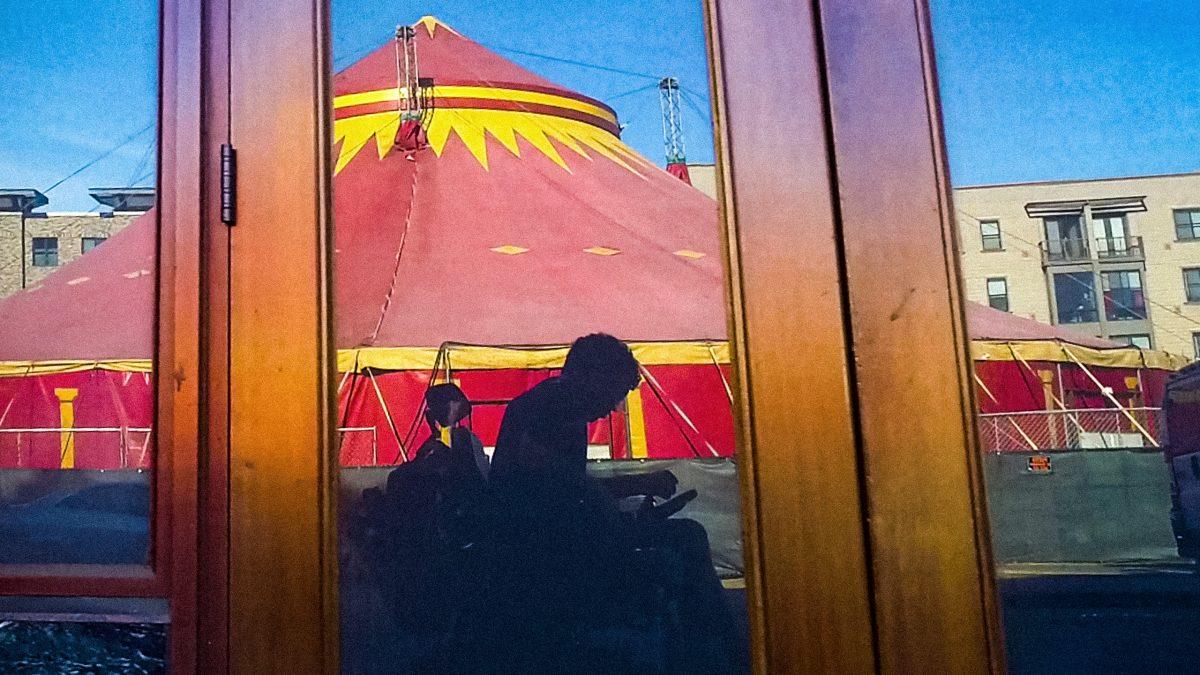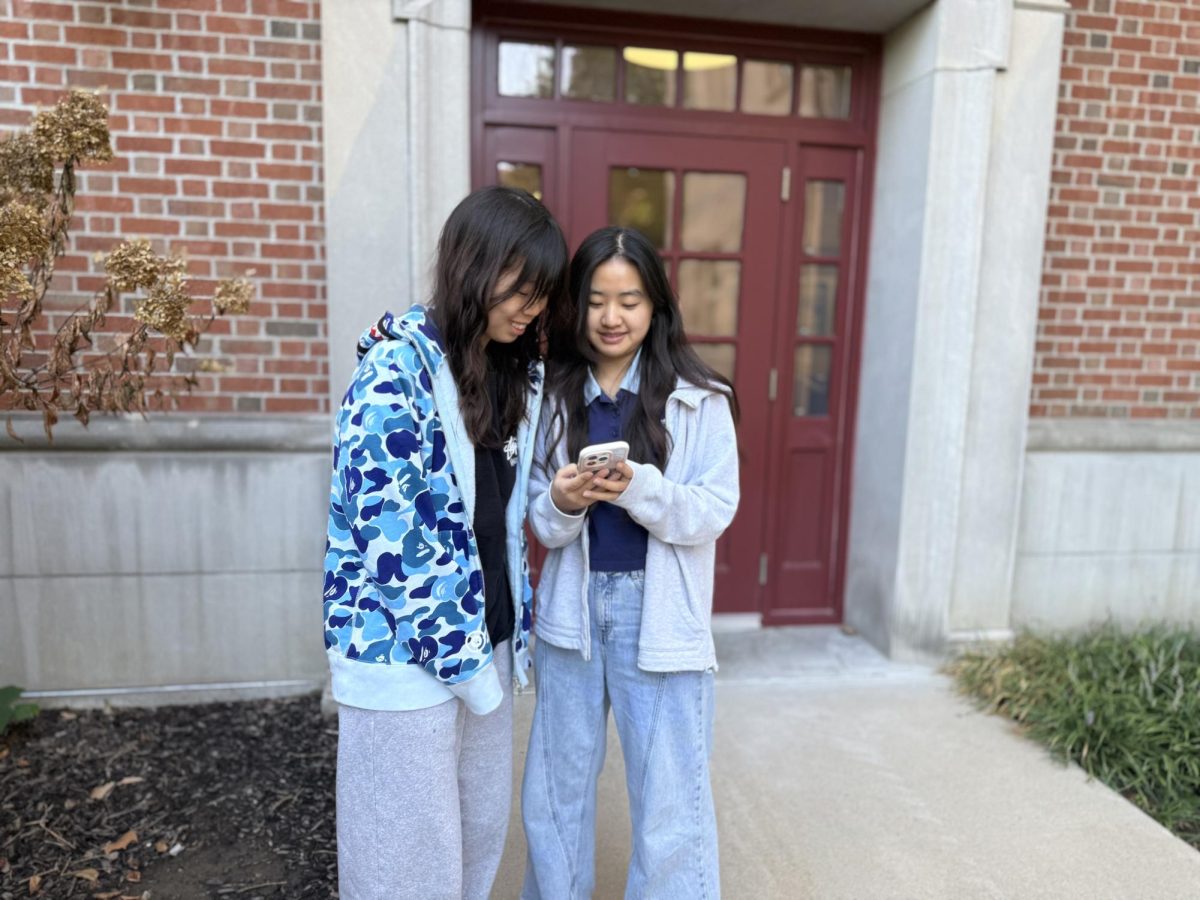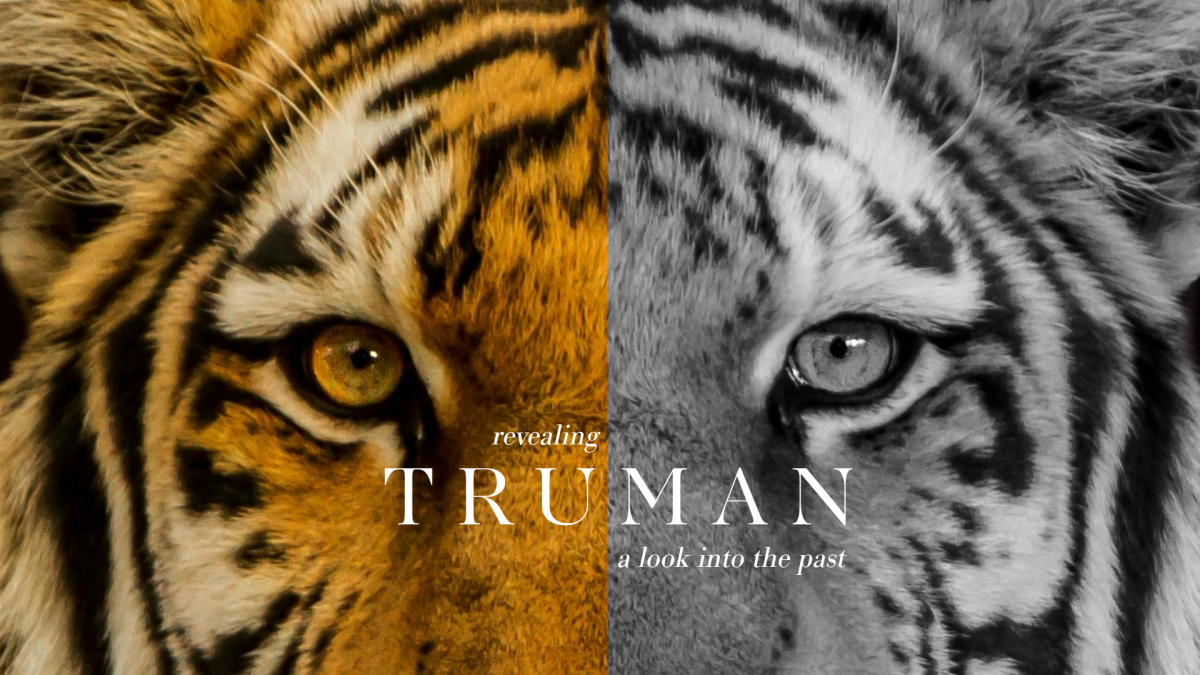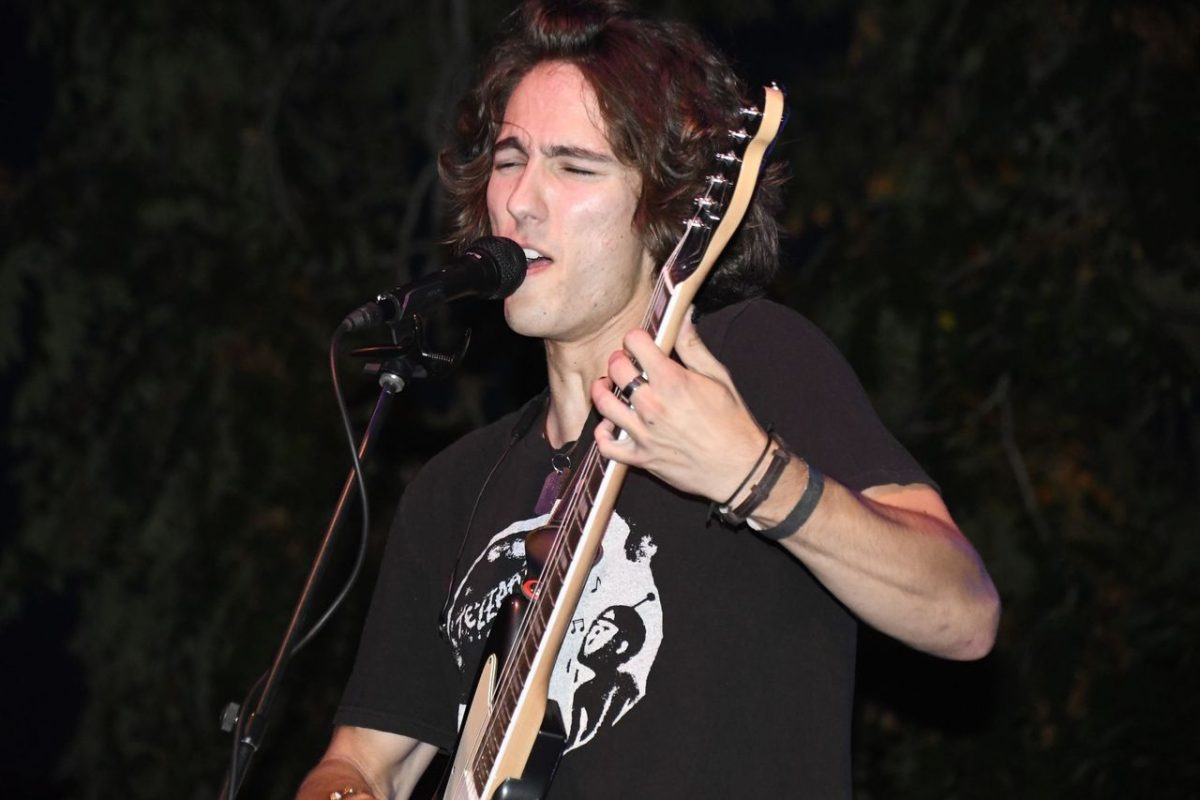For decades, “freak shows” and circuses have been a staple in the entertainment industry in the U.S. Searching for displays of humans utilizing skills that most people can’t do, people have flocked to show their excitement, shock and amazement under the notorious red tent. However, what does that mean for the people at the center of attention?
Reid Davenport, director of “I Didn’t See You There,” explored this idea by showing his day-to-day life living in the San Francisco Bay Area . The film was shown on Friday, March 4 at 6:45 p.m. at the Picturehouse, Saturday, March 5 at 9:30 a.m. at the Missouri Theatre and Sunday, March 6 at 5:30 p.m. at Showtime Theater @ The Blue Note.
Davenport’s reason for challenging the history of the “freak show” derived from two things: Davenport’s hometown of Bethel, Connecticut and a Big Top Circus being built across the street from his apartment complex. Bethel was the birthplace of PT Barnum, the creator of the “Greatest Show on Earth,” which popularized exploiting people with disabilities for mass entertainment. Davenport shared the painful history of being known as the “circus kid” for his cerebral palsy, which seemed to be the onus of him moving across the country. Being from the birthplace of a man who made a career making fun of people like him struck a chord with Davenport. It seemed that he couldn’t escape this legacy despite now living across the country. Both of these compounding events led him to make the documentary,
Davenport opened the film with him trying to maneuver through the subway. Having to take multiple elevators and emergency exits to get to his destinations, the lack of accessibility in everyday environments that able-bodied people take advantage of was alarming.
Issues manifested throughout the film with Davenport having to wait for airplane assistance he had requested days before his flight, having to ride a bus facing backwards at the behest of a disgruntled bus driver and other people inquiring about his life when they see him sitting idly on the sidewalk. These scenes really challenged me to think about the everyday interactions I have with people and how I take them for granted. Davenport reveals the thesis of his film through his own experiences of people only seeing his motorized wheelchair.
“I can feel when I’m stared at and not seen,” Davenport says during the film. “Do you see me?”
Davenport also showed the difficulties he had in his personal life. Menial tasks like pouring a glass of water, cleaning his glasses, holding a door open and walking were tedious due to Davenport’s disability. During one of his many narrations, he wondered if he had joined the freak show himself when reflecting on the situations that happen in the film. Davenport was seen as disabled, but wasn’t heard as a human being. I could truly understand the feeling of not being heard without having to empathize with his situation. His whole life had become a big top circus, and the tent mere feet away from his complex only solidified that.
The shot style of the film blossomed as an integral component to provide Davenport’s perspective. Instead of having someone hold the camera at different angles or someone walking alongside him, Davenport held the camera all on his own. This was all done to showcase his daily perspective. The camera was shaky and pointing toward the ground because he looks at the ground when he rides in his wheelchair. The camera pointed toward the sky when that’s what he was looking at. The camera was positioned to the left or right of him to catch either someone staring at him or his reflection through various shop windows.
Davenport explained the reasoning for shooting his film like this in the Q&A.
“I feel like disabled people are often seen without being heard, so I wanted to be heard without being seen,” Davenport said.
What really brought the film together for me was when Davenport visited his hometown for the second time. As he allowed his granddaughter to run off with the camera around the backyard, the movie began to make sense. As humans, we often see things from our own thoughts and rationale, and it can be very difficult to think outside of that into other people’s perspectives. By giving his granddaughter the camera, he showed the utter simplicity in what he was trying to do: show a point of view of someone that’s underrepresented.
“I Didn’t See You There” is currently awaiting distribution. It won the U.S. Documentary Directing Award at the 2022 Sundance Festival in Park City, Utah.
Edited by Lucy Valeski, [email protected]














